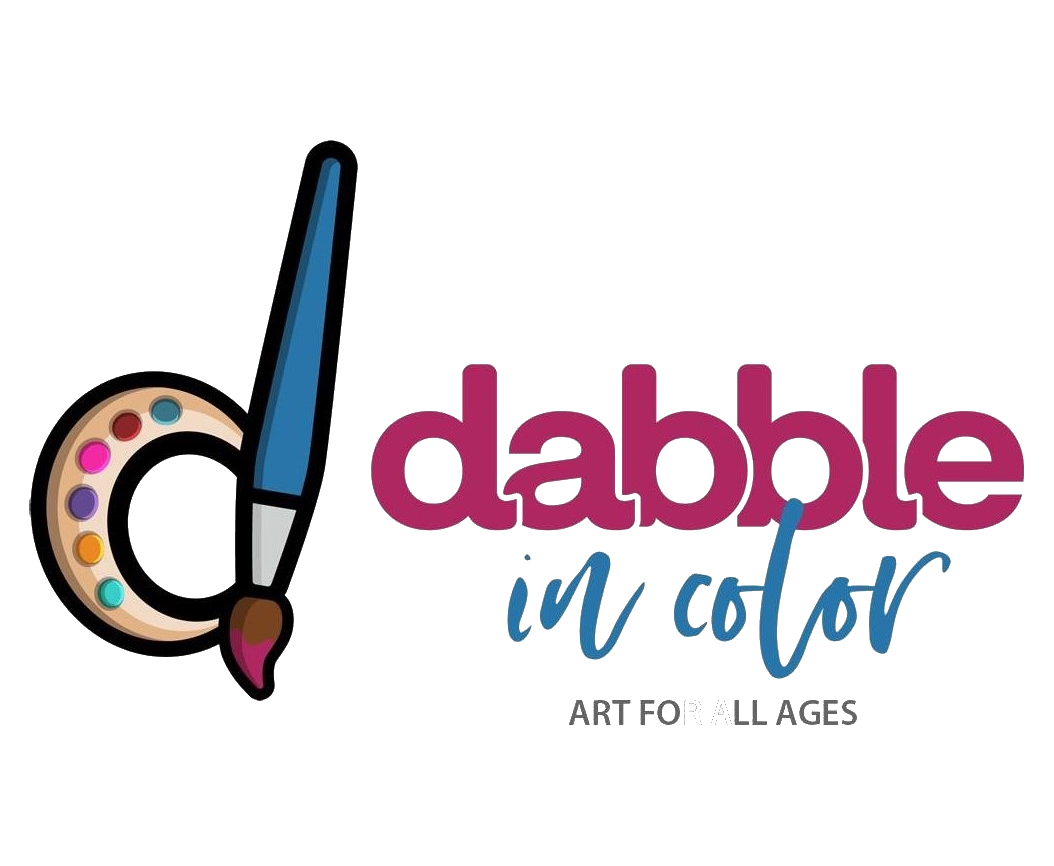MAKE YOUR OWN GESSO WITH SIMPLE INGREDIENTS
So, you picked up a great deal on canvases and upon arrival you realized they aren’t primed with gesso, Or, you wanted the great deal and want to save money by making and appling the gesso yourself.
Here’s what you need to know:
Gesso is very a important component to getting your canvas ready for painting. Gesso is available ready made in most art supply stores. Gesso looks like white acrylic paint (only thinner) but it dries harder than paint, making your canvas stiffer and adds a slight texture. It helps your paint “grab” the canvas and keeps your paint from absorbing into the weave of the canvas. In other words, it’s an important part of preparing your canvas for painting.
The best thing about gesso is that you can prepare almost any surface for acrylic paint by applying gesso. Most surfaces that acrylic paint would bead up on and not accept, are a whole new ballgame with a coating of gesso.
There are a lot of homemade recipes for Gesso. Here’s one we found that works very well.
Supplies you will need:
Mixing bowl
Disposable stirring stick (popsicle sticks work well)
Jar (with airtight lid for extra gesso)
Ingredients:
Water
White glue ( Regular school glue (like Elmer’s )
Corn Starch
Baking Soda
White acrylic paint (you can use different paint colors but white makes your surface bright for painting) - different color paints will change the color of your gesso.
The proportions are listed in parts allowing for you to make a lot or a little, depending on your project. You can use tablespoons - or cups, depending on the quantity you need, You don’t want to store it for a very long time, so try to make enough to cover your project with 2-3 coats. Store any remaining gesso in an air tight jar and keep it in a cool, dark place.
In this order, add ingrediants to a mixing bowl and stir until all the lumps are gone:
1 part white glue
3 parts cornstarch
3 parts baking soda
This will be thick and bulky. You want to mix it the best that you can before going to the next step but don’t get too caught up in it. The next steps will thin the mixture allowing for a smoother mix.
Add 1 part acrylic paint (we suggest white)
Again, mix the best that you can. It will still be thick.
Now, start adding the water in very small amounts, stirring and removing lumps as you go. When there are no lumps and the gesso is the consistency of pancake batter, you have it.
To cover your surface, plop down a portion of the gesso primer with a painting trough on the center of your canvas (or other surface) and move it outward to the edges, You will want to “press” it into the surface as you go. Use your painting trough to almost scrap the gesso into the canvas. This gets it into all the nooks and crannies.
Allow the gesso to thoroughly dry with your canvas flat in a dust free area. Apply additional coats as needed, allowing each to completely dry and set. Make sure the area is dust free; the last thing you want is dust bunnies or pet hair on your surface when the gesso is dried.
If your gesso was applied to a canvas, after it dries, you are all set and have a canvas ready to paint.
If your project isn’t as flat and easy as a canvas, you can LIGHTLY sand the surface, adding additional coats as needed.
There you have it!
If you are interested in creating a clear gesso, you can skip the acrylic paint and create a clear gesso but the proportions need to change.
2 parts water
1 part cornstarch
4 parts glue
Just make sure you mix the water and cornstarch extremely well before you try to add the glue. The concentrate of glue makes it a thick stir so having the cornstarch and water mixed well is important. Good luck.

